By Kirk Freeman
By the middle of the 12th century, much of western Europe had settled into a tenuous, often interrupted peace, and many modern nation-states had begun to emerge. France, England, and Germany had each developed into roughly autonomous kingdoms with distinct cultures. In vast sections of eastern Europe, however, it was a different story.
The Holy Roman Empire, a loose organization of fiefdoms bound together in a shaky confederacy under a figurehead emperor, held titular sway over much of the countryside. East of this realm, along a rough line from the Baltic Sea to Hamburg, Germany, a wild Slavic people called the Wends consistently resisted incorporation into the empire. When much of the pan-European community became caught up in the frenzied call for a second crusade to Palestine in 1147, the Wends refused to rally under the Christian cross to fight against the Saracen infidels. For their demonstrated independence of mind, they would soon find themselves imperiled and beset by fanatical crusaders enflamed by feelings of religious and moral superiority.
A New Crusade from a New Authority
The seeds of the Wendish Crusade of 1147 had been planted over a half century earlier. During the late 11th century, Byzantium, to the south and east of Wendish lands, was threatened repeatedly by the ever-aggressive Turks, who seized large portions of the empire after the Byzantine army’s catastrophic defeat at Manzikert, in eastern Asia Minor, in 1071. Ten years later, Emperor Alexius I Comnenus came to the throne in Constantinople and managed to hold off the Turks long enough to ask the pope in Rome for his assistance. Alexius had no idea what he had unleashed with a simple letter.
The pope who received this cry for help, Urban II, long had sought to bring all of Christendom under the authority of the papacy. He saw this plea as a divinely inspired means to achieve that aim. Instead of sending a limited force of 1,000 cavalrymen, as Alexius had requested, Urban II called for nothing less than a holy war, a crusade, to be waged against the Muslims in the Holy Land to free Jerusalem from the infidels (although technically the Muslims allowed Christians to worship freely in the city). Urban II proclaimed that any man who went to free the Holy Land would be absolved of all his sins on earth and guaranteed a heavenly reward in the afterlife. This was the basis for the First Crusade.
From 1096 to 1099, western European crusaders and Muslim forces fought savagely against each other without result, until Jerusalem finally fell into Christian hands in 1099. Soon afterward, a Christian military state was set up to protect the holy city. However, less than a half century later, in 1144, a new Islamic leader named Imad al Din Zangi unified the Arabic world long enough to launch successful attacks against the European strongholds in Palestine. When the first large crusader-held city, Edessa, fell to Zangi’s forces in 1146, panic spread across Europe that the new Muslim threat was deadly serious. A cry went up for a Second Crusade to destroy the infidels before Jerusalem was retaken. Unlike the First Crusade, which was ordained by the pope, the new call came from private individuals, including the fanatical Cistercian abbot, Bernard of Clairvaux, who tore up his own habit to make cloth crosses for the departing soldiers. It was in this environment of violent religious retribution that the idea of a separate Wendish crusade took root.
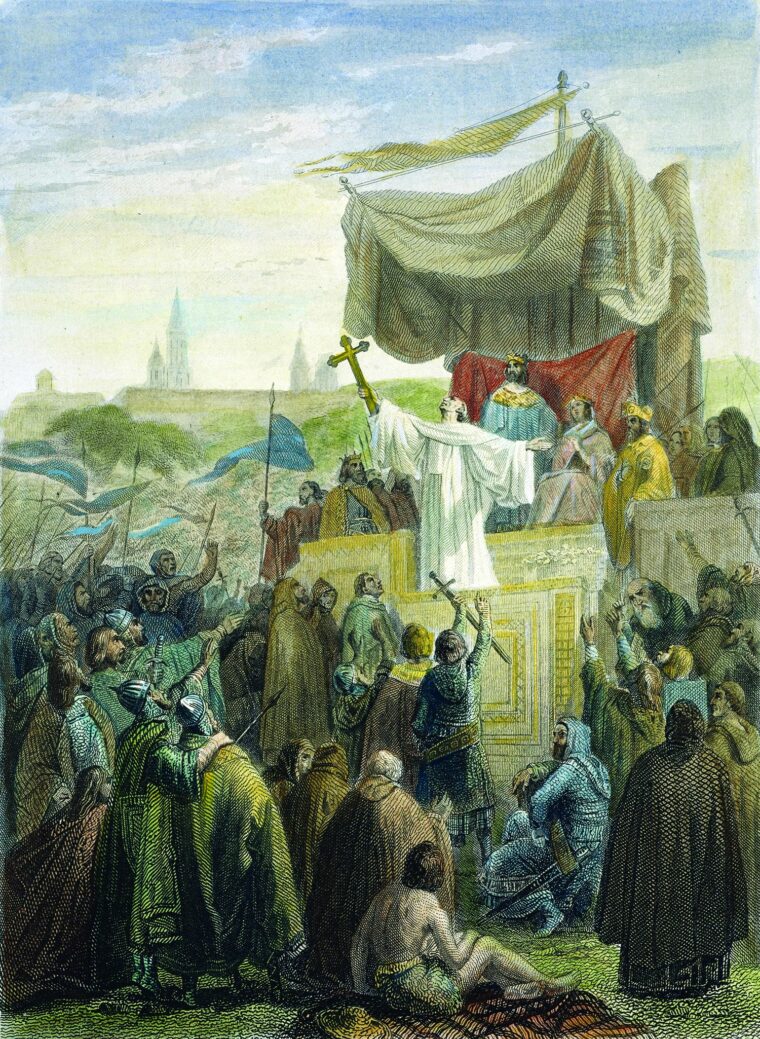
The Wends
At the time, the Wends were living around the Baltic Sea in northern Europe, occupying parts of what would become Germany, Prussia, and Poland. During the Middle Ages, the Baltic was known as “the Barbarian Sea,” which indicates the prevailing attitude that western Europeans held toward the Wends at the time. The Wends practiced a pagan faith, and by the 12th century they found themselves trapped on a virtual island of supposed impiety, surrounded by a sea of fervent Christians. Most of western Europe had converted to Christianity centuries before, and the eastern lands of the Poles and Russians had also become Christianized. The Wends’ southern border abutted the remnants of the Byzantine Empire; to the north resided the recently converted Norsemen—the Swedes, Danes, and Norwegians.
The Wends’ unorthodox social behavior confused visiting monks, who reported that the Wends had a perplexing habit of kindness to strangers and a wealth of resources that they adamantly refused to exploit, believing as they did in the natural sanctity of the earth. While they used their abundant furs and agricultural goods to trade for woolen cloth, the Wends had little use for gold or silver. Despite their reputation for reflexive hospitality, the Wends did not like Christian missionaries coming into their lands uninvited, and they either drove out or killed the more determined priests who were foolish enough to ignore their threats.
The Wends violated the natural order of God, according to western Christian thought, by having no organized feudal government. Instead, the majority lived under a primitive form of democracy, with a sitting council of elders, including both men and women, that held court to rule on thorny issues. Military power was in the hands of local warlords who might loosely rule an area, but their power was weak at best, held together only by feats of arms. Internal fighting between the warlords kept the Wends divided and disjointed. Meanwhile, they were constantly under assault from European slave hunters and would disappear into the forests whenever they felt threatened. (The word “slave” is derived from “Slav,” so not all their evasion efforts were successful.)
Wendish slaves were much prized in both Muslim courts and Christianized Europe. The Wendish men were tall and muscular, the women pleasant to look at and physically endowed. Both sexes were noted for their ash-blond hair and piercing blue eyes, and both were taller than most other people of the time. It was not until the Wends were driven out of their lands by the Germans and Danes and began breeding with other cultures as they moved eastward that they eventually lost their characteristic physical appearance. The majority began taking on the darker skin, hair color, and eyes that much later would be used to “prove” that the Slavs were non-Aryan and therefore subhuman.
In the 6th century the Wends were conquered by the Avars, a people who, like themselves, came originally from the steppes of Russia. The Avars forced the Wends to herd and store fodder for their cattle, their main food supply and basic staple of economy. So great was the Avars’ dependence on their cattle herds that they even ordered the Wends to rebuild their villages in a giant circle so that the inner courtyards could be used as large pens for the cattle. Eventually, the Avars’ empire began to crumble, and the Wendish population conversely exploded near the end of the 7th century, spreading along the Baltic coast to the land west of the Elbe River and almost the entire Balkan peninsula to the south, and from the Danube River to Russia in the east.
The inability of the Wends to unite militarily proved to be their Achilles’ heel. No one doubted that they were formidable warriors. As excellent metalworkers, they far surpassed most Europeans in the production of fine weapons and armor. Their superb military skills and superior armament would have made them a force to contend with if they had ever managed to unite under one ruler. The Byzantines—no mean warriors themselves—openly feared the Wends, and the Germans, for all their vaunted skill at arms, would need centuries to conquer the Slavic region.
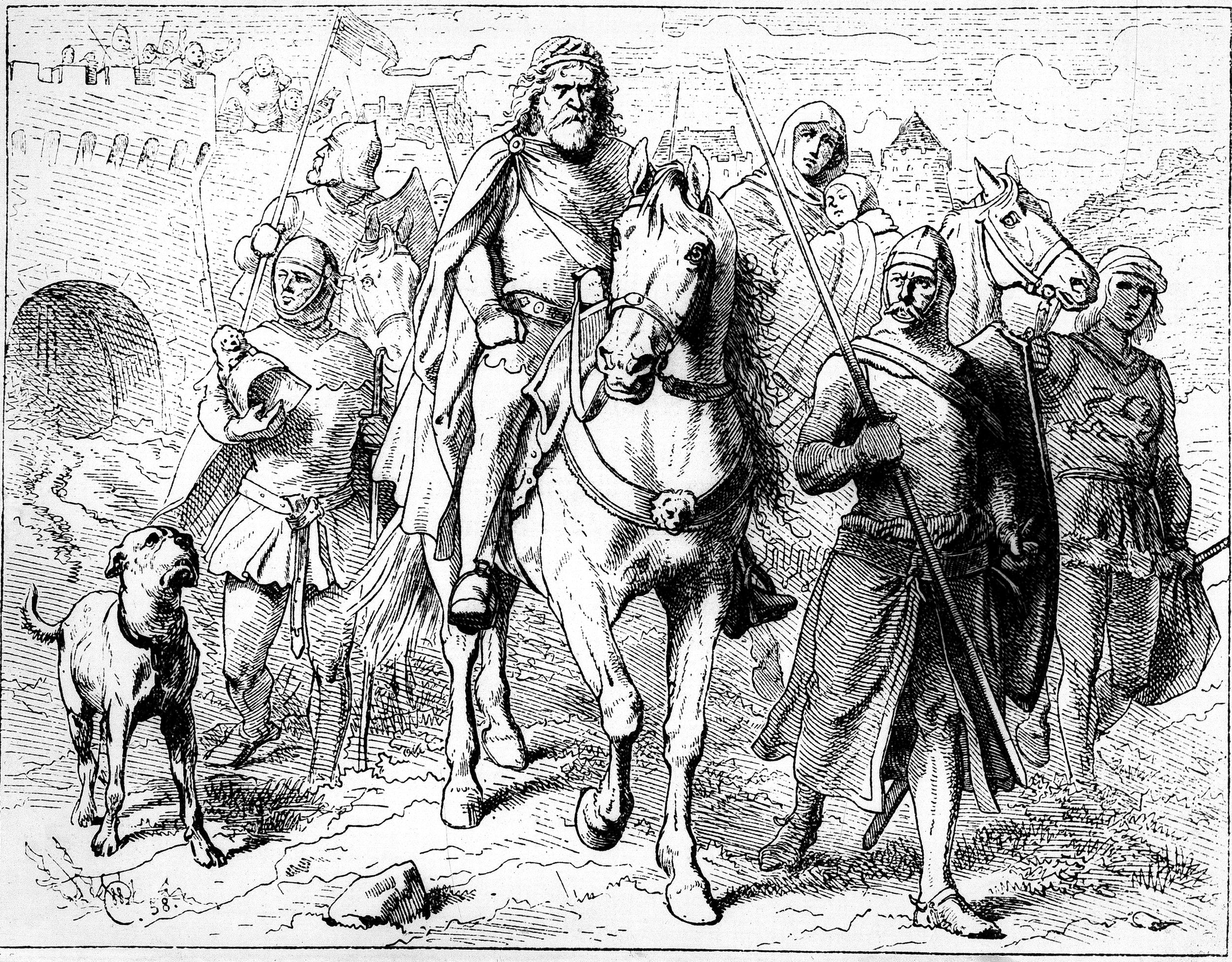
Revenge for a Raid
In the 12th century, there was still no monolithic German state. Each city and region had its own rulers and bishops, loosely under the control of the Holy Roman emperor, who theoretically protected the region against foreign invasion. However, the emperor at that time, Henry V, had been preoccupied for decades with the Rhineland, Italy, and southern Germany; most of the northern regions, such as Bremen and Magdeburg, were left to fend for themselves. None of the minor kingdoms, however, had forsworn their right as Christians to seize the territories to their east from the supposed heathens who inhabited the land. In 1108, the religious leaders of Magdeburg called on their fellow Christians to take such land from the Slavs. from 1110 to 1124 one noble named Lothair attempted to do just that. He formed alliances with local warlords and grabbed a large portion of eastern territory for himself. In 1125, Lothair became king of the Germans, but when he died in 1137 a dispute arose over his rightful successor, and the Slavic lands he had conquered were mostly neglected.
During the search for a new successor, many of the poor German landowners on the borderlands between the Slavs to the east and the Saxons to the west decided to increase their holdings by taking land from their Wendish neighbors. From 1140 to 1143, scores of Saxon families streamed into Wendish lands and set up wooden palisade forts, halls, and stone towers. Two of the larger and more powerful lords, Count Adolph II (who believed the Wends and Germans could live side by side) and his powerful rival, Henry of Badewide (who did not) advanced farther east and seized several towns that had been christianized years before and technically were not up for grabs. However, Henry quickly and conveniently made the missionary priest in one of the towns a bishop, and all political and theological quibbles were swept under the rug.
By 1147, the once-powerful Wendish overlord, Prince Nyklot, had lost a large portion of his western kingdoms, while territory in the south had been seized by another German warlord, Albert the Bear. What already had been a century of constant border raiding and small-scale skirmishes was turning into a flood of German invaders. To make matters worse, at the start of the year the Wends themselves initiated a raid that ultimately would work against them.
The Wendish lands under Count Adolph II were actually in a good situation. The count believed that the Wendish people and his German newcomers could work together. His policy was working, but it also inadvertently caused fear among neighboring tribes that their own ways of life might be endangered. Shortly after the start of the new year, fanatical Wendish warriors from one of these tribes attacked and slaughtered the people of Adolph’s lands, Germans as well as Wends. This large and ill-timed raid ruined Adolph’s fortunes and ended the career of the Wends’ best German ally. When Bernard of Clairvaux came to Germany a short while later to call for a crusade against the Saracens, the anger from this residual raid helped tip the scales against Nyklot’s people.
The Coalition Against the Wends
With his enormous personal charisma, Bernard quickly raised 25,000 crusaders from France and southern Germany to head for the Holy Land (only a fifth of that number actually reached Palestine). Bernard made little headway raising troops in Spain, where constant skirmishes between various small kingdoms preoccupied the Spanish more than the call for a new crusade. Northern Germany was a different matter—the Germans had both the manpower and the funds to answer the call, but as Bernard was about to discover, they did not necessarily have the will.
When Bernard attended a Reichstag (townhall meeting) at Frankfurt, he found the nobles arguing for an attack against the pagans to their east. So animated was their argument that Bernard sent the matter to Pope Eugenius for consultation. On April 13, 1147, Eugenius issued a divine dispensation permitting the Germans to attack the pagan Wends under the spiritual guidance of Bishop Anselm of Havelburg. The crusaders were allowed to wear sacred crosses on their surcoats, and Bernard instructed the crusaders on the fine points of how to treat the Slavs who fell under their control. “With God’s help,” said the abbot, “they shall be either converted or deleted.” Mercy was not to be allowed—it was either baptism or slaughter. During the rush to convert the heathens, no one seemed to notice that most of the money used to outfit the crusade had come from tribute regularly paid by the Wends themselves to the Germans living along their border.
The Germans were not the only supporters of a Wendish crusade. The Danes also saw a golden opportunity, not so much to gain land and wealth, but to eliminate a troublesome people who had waged piracy on Denmark’s ships for generations and vied with them for the lucrative sea trade in the Baltic region. To the east of the Wends, the Poles also saw a chance to grab land for themselves, again with the full authority of the pope. In the ill-starred year of 1147, the Wends found themselves facing simultaneous invasions from the west, east, and north.

Little Success for the Bear and the Lion
When he realized his predicament, the capable and fiercely proud Prince Nylot, who had lost lands in the south and along the western frontier over the past several years, launched a counterattack into Wagria, a region belonging to Adolph II, in June 1147. Weakened and shaken by the loss of the lands to the east in the earlier attacks, the region fell quickly to the Wendish attackers, and the immense devastation of the German villages gave added inducement to the assembling armies to attack the heathens who had dared take German lands.
By the late summer of 1147, two Danish fleets and two large Saxon armies attacked the Wends. While the Danes harried the northern shore, Duke Henry, the so-called Lion of Saxony, launched his army against Nyklot’s outpost at Dobin. At the same time, the southern pincer attacked with two armies—one led by the legate Anselm from Havelburg and at least six other bishops—driving toward Poland. The other army was led by two southern German margraves, or military governors, Conrad and Albert the Bear, who initially started toward the Wendish stronghold at Demmin, 135 miles away. Instead of driving to the original objective, however, the bishops convinced the two nobles to unite with them and march eastward.
Nyklot was not without tactical reasoning. He had chosen to make his stand at Dobin because it was the only ground surrounded by both marshland and a lake. From this strongpoint, Nyklot kept two armies in the northern pincer occupied with a much smaller defensive force. The Danes, the third army in the northern forces, having landed in Wendish territory, were hampered by the need to protect the harbors for the Danish fleet. Nyklot sallied forth from Dobin and mauled the Danes, cutting off the Danish warriors from Saxon support while a Wendish fleet made a surprise attack on the Danish shipping that lay at anchor in the northern harbors. The fighting was done close-in with war axes, 5-foot-long swords, and 11-foot-long lances equipped with iron, leaf-shaped heads ideal for piercing. Mounted warriors also favored maces (iron-headed clubs) and war hammers (sledges fixed to iron shafts). Heavy armor made of chain mail, scale mail, or toughened leather provided a modicum of protection.
The two Danish kings, Canute V and Sweyn III, soon became fed up with their combined defeats and, blaming each other for the losses, raced back to Denmark to continue their longstanding civil war. Meanwhile, Henry the Lion and Archbishop Adelbero lay siege to Dobin until the Wends, battle weary and starving, finally agreed to relent and be baptized. Once the Wends fulfilled their promise, the Saxon forces quickly withdrew and the knights even stopped their foot soldiers from pillaging the area, declaring the land and its people to be fellow Christians. (Nor did they want to destroy a perfectly good base for future attacks.)
To the south, the armies of Conrad, Albert the Bear, and various ad hoc religious leaders began to fall apart. Instead of attacking the Wends, they marched to the Christian city of Stettin, near Poland, and lay siege to the town. Both the bishop and the prince of the besieged city came out to parley with the southern army leaders, arguing successfully that they were in the wrong area and had no rights to the city. The Saxons discussed taking the city anyway, but in the end the religious leaders won out and the Saxon army, disgusted that no great plunder was to be allowed, returned home empty handed.
The first year of the crusade against the Wends was more show than conquest. Nyklot, who eventually surrendered the Dobin garrison and instructed his men to convert, had no real intention of embracing Christianity. The pagan shrines and idols remained, and the Wends returned to them as soon as the last Saxon banner was out of sight. The cohesion of the Saxons, Danes, and Poles crumbled in less time than it had taken church leaders to convince the various groups to unite in the first place. The Danes, for their part, believed that the Saxons had accepted a bribe to stand by idly while the Wends mauled the Danish forces. The Saxons, in contrast, thought the Danes weak and unfit for alliance. The bishops could not stop bickering among themselves over tithes and titles, and the barons despised the fact that the church claimed all conquered land for its own. Most important, for Nyklot at least, was the fact that not a foot of Wendish territory had been taken.
The church suffered most from the Wendish debacle. Saint Bernard had urged the soldiers to convert the heathens, but as the bishop of Stettin said when he watched the crusading army depart, “If they had come to strengthen the Christian faith … they should do so by preaching, not by arms.” Many churchmen felt that conversion of the Wendish pagans should depend not on military might, but on missionary zeal. Bernard’s reputation as a crusading leader dwindled. Other Christian monks, however, began preaching that their divine mission was still being hindered by devil-worshipping Wendish pagans. These pagans, they said, were either going into the baptismal pool or under the sword. For over a century, German missionaries had attempted to convert the heathens in the region, with martyrs by the score to show for their efforts. By 1147, the religious community of Saxony felt strongly that Wendish soil had been sanctified by these martyrs, and that the heathens—native or not—had no right to sacred land made holy by the blood of their martyred saints.
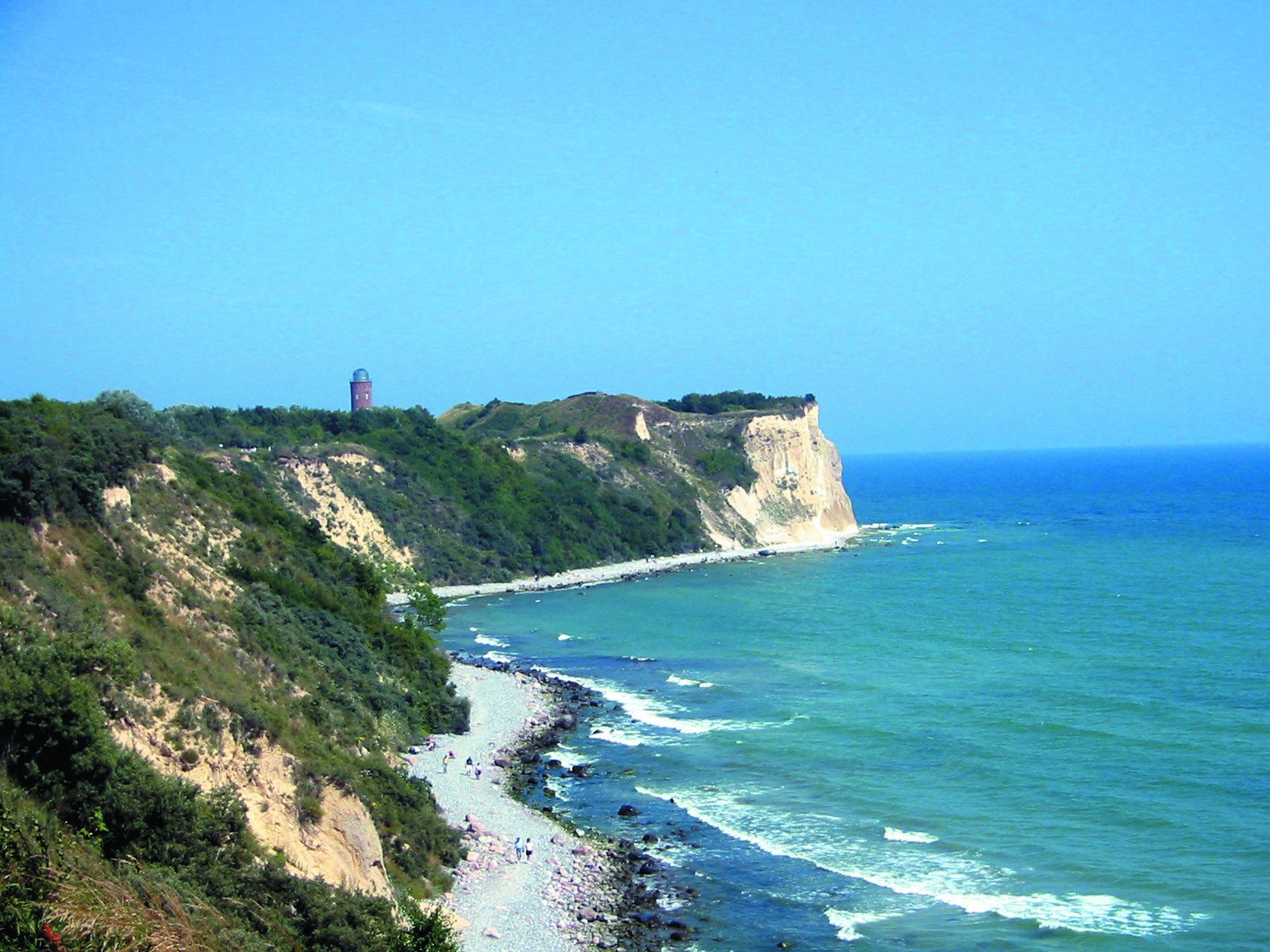
The Continuing Threat
For the time being, the Wends were left relatively alone, blissfully ignorant of the coming storm, while the Germans bickered among themselves over who would rule the Holy Roman Empire. In 1152, Frederick Barbarossa became the new Holy Roman emperor. Barbarossa, like his predecessors, was more interested in southern Europe and Italy, caring little about the Wendish pagans to the east.
Unfortunately for the Wends, however, his cousin Henry the Lion had his eyes set firmly on the east and already had started building a power base to seize more Wendish territory. In the process, Henry made an enemy of the equally greedy and land-hungry archbishop of Hamburg-Bremen, who claimed a portion of the Wendish lands for the church (and himself), even though not a single church had been built there, nor had he ever visited the region.
Henry the Lion’s intrusion into Wendish territory was sporadic and temporary, but to the north of him lay the lands of Adolf II of Holstein, who waged almost nonstop war against the Wends, not for religious reasons, but for territorial and mineral rights. At the same time, the religious orders continued with their own schemes as well.
The most zealous of these orders was led by Eskil, a Danish noble who became archbishop of Lund in 1138 and held the position for 40 years. Eskil encouraged the building of monasteries and ordered Danish warriors to stop slaughtering those Wends who promised to be baptized. But Eskil had a warlike side, as well. When his army and that of Danish king Valdemar moved against the Wends in 1159, Eskil led his men with such unrelenting vigor that he reprimanded his warriors whenever they stopped to rest. Eskil and his minions harried the Wends relentlessly until his death in 1177.
The Wendish Rebellions
After their brief respite in 1147, the death knell began ringing again for the Wends. Henry the Lion had grown wealthy off the land he had conquered, building cities and trade centers and profiting equally from his beneficial arrangement with both the German and Wendish peoples. He and the majority of his vassals made peace with Nyklot, who had fought hard to hold onto his land but now found the trade with Henry and his allies more profitable and far less painful. From 1147 to 1164, however, several other Wendish princes fought to recover the taxes Henry had wrung from their lands. During one of these rebellions, Henry joined forces with Danish King Valdemar to attack the Wends once more. While the Danes ravaged the coasts, Henry marched his forces into the hinterlands. In a ferocious battle in 1160, Nyklot was killed and his sons were driven across the Warnow River. In 1164, one of Nyklot’s sons, Pribslav, attacked and retook the lands lost four years before and even smashed a large Saxon army at Verchen, near Demmin. For the last time, Henry allied with Valdemar and finally drove off Pribslav, but the two Christian leaders had a falling out a year later, when Valdemar refused to share the spoils he had acquired during a raid on the Baltic coast.

A reorganization of the church in 1164 stopped the intense taxation on the conquered territory, and the Wendish princes in the area curtailed their efforts for independence. In 1166, Pribslav even married one of Henry’s daughters. Their son, Henry Burwin, eventually became the Duke of Mecklenburg, a large area of northern Germany north of the Elbe River. This marked a period of uneasy peace between the Wends and the Germans. A more dangerous threat existed with the Danes, against whom Henry now encouraged the Wends to fight.
The Danes and Wends had raided and plundered each other for centuries, but strife within the Danish kingdom had always barred the Danes from making a true military campaign against their ancient rivals. All this changed in 1162, when King Valdemar united Denmark under his rulership. One of his first orders of business was to take the northern coast of the Wendish lands as his own. Accordingly, he seized Arcona and harried Mecklenburg so much that Pribslav was forced to appeal to the Germans for aid against the Danish attacks. The Germans were unable (or unwilling) to help, aside from sending a few advisers and engineers, and the Wendish fleet subsequently was annihilated by the Danes off the Falster coast on December 6, 1172.
In 1177, Valdemar defeated the Mecklenburg Wendish forces in battle and seized their territory. When Valdemar died in 1182, the Wends again rose in rebellion, but subsequently were defeated by Valdemar’s son, Canute. Canute captured and imprisoned the major Wendish leaders in the region, including Henry Burwin, Pribslav’s son. Eventually, Canute relented and and restored Burwin as Duke of Mecklenburg. But although Germany still controlled the region’s churches, the land was effectively under Danish rule.
The First of Many Crusades Against the Balts
By now, a large chunk of Wendish lands had been irretrievably lost, and even though this area would later regain a measure of autonomy, the Wends’ cherished way of life was gone forever. During the most recent Danish raids, the Wends’ land was burned and flooded, and the people living on it were slaughtered mercilessly. The Wendish will to resist had been completely crushed by countless years of unrelenting warfare. In 1185, the final Wendish prince with any real power, Bogislav, made one last attack against the Danes and lost—he even managed to lose his horse. The next day he opened surrender negotiations with Archbishop Absalon of Denmark and was carried back to his tent, weeping and drunk, after the negotiations were completed.
From 1147 to 1185, northern Europe went through a great metamorphosis. The German Christian church gained power internally while the nobility was off fighting for Wendish lands. In civil war-torn Denmark, a new unity became possible after the people joined forces against their ancient enemies, the Wends. With the forced conversion of the Wends, the church assumed a divine right to lead future crusades for the conversion of the east. Future generations of Wends would even join these crusades, their nobles and knights entering such holy orders as the Teutonic Knights of Germany to wage holy war for land and profit.
Many of the Wendish people escaped eastward, but those who remained behind eventually made common cause with the Christians to root out their cousins. Until the mid-16th century there would be almost continuous warfare against pagan enemies real or imagined. The Wendish Crusade was merely the first of many, including the Baltic Crusade against Livonia, Prussia, Estonia, and Finland (1200-1292), the Lithuanian Crusade (1283-1410), and the Novgorod Crusade against the Russians (1400-1562).
In the end, the Wends were shunned by history and even by the very people who conquered and absorbed them. When Adolf Hitler rose to power in the 1930s in Germany and denounced the Slavs as subhuman and corrupt, he was only echoing the words of those fiercely devoted Christian knights who rode out to battle eight centuries before to destroy the devil-worshiping heathens to the east. Hitler didn’t invent ethnic cleansing—he merely hearkened back to the fate of the Wends.
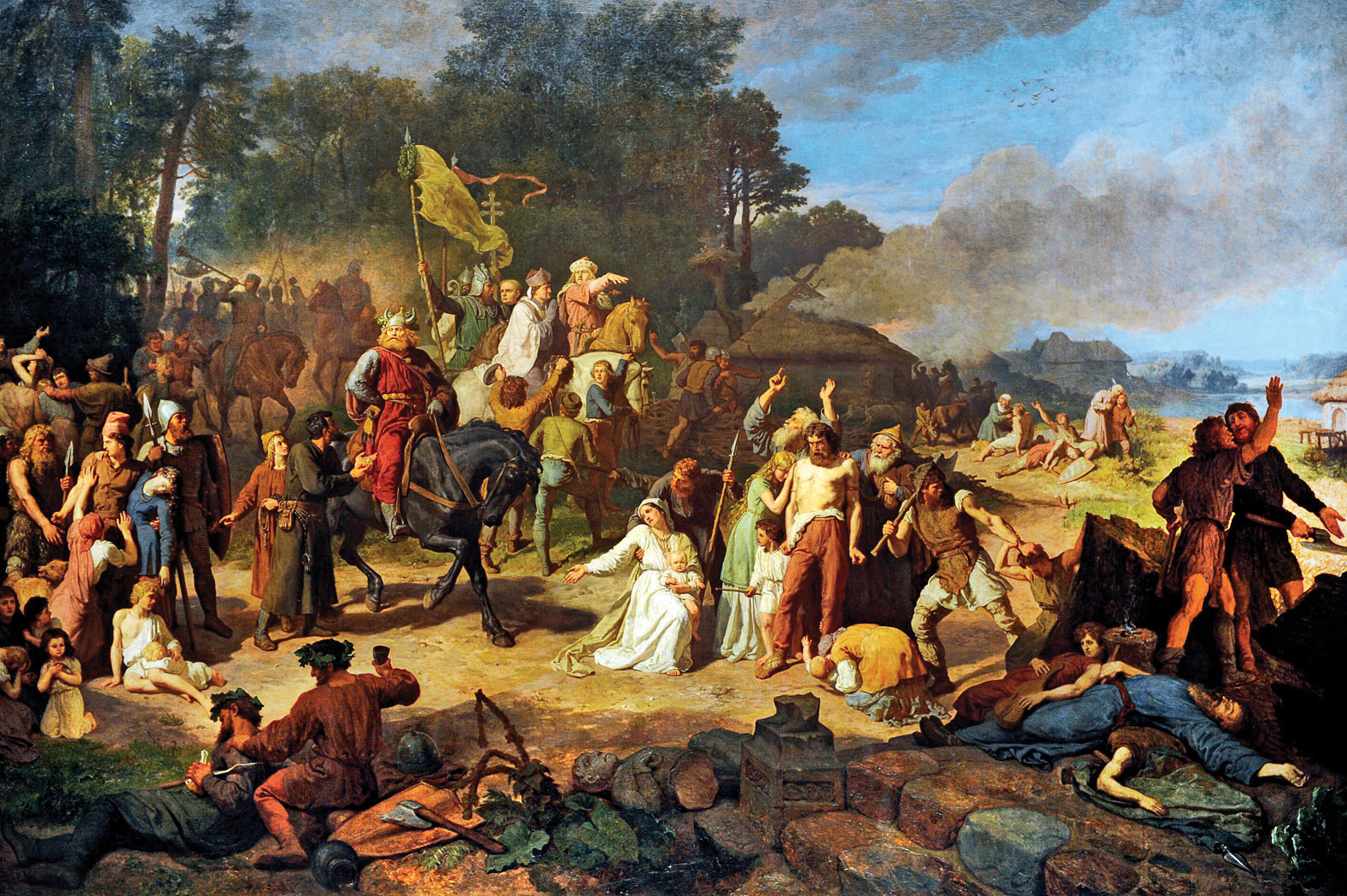
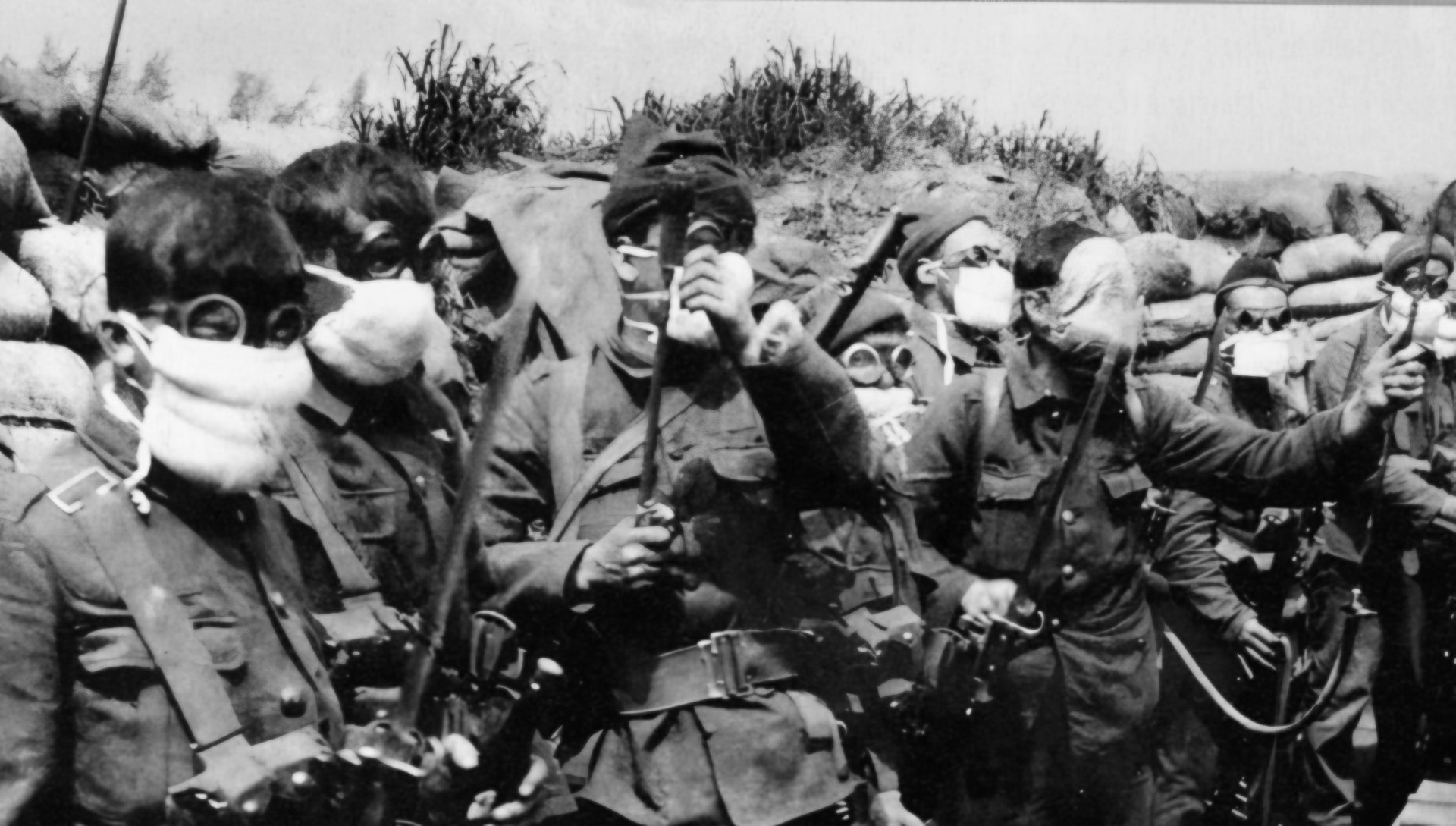
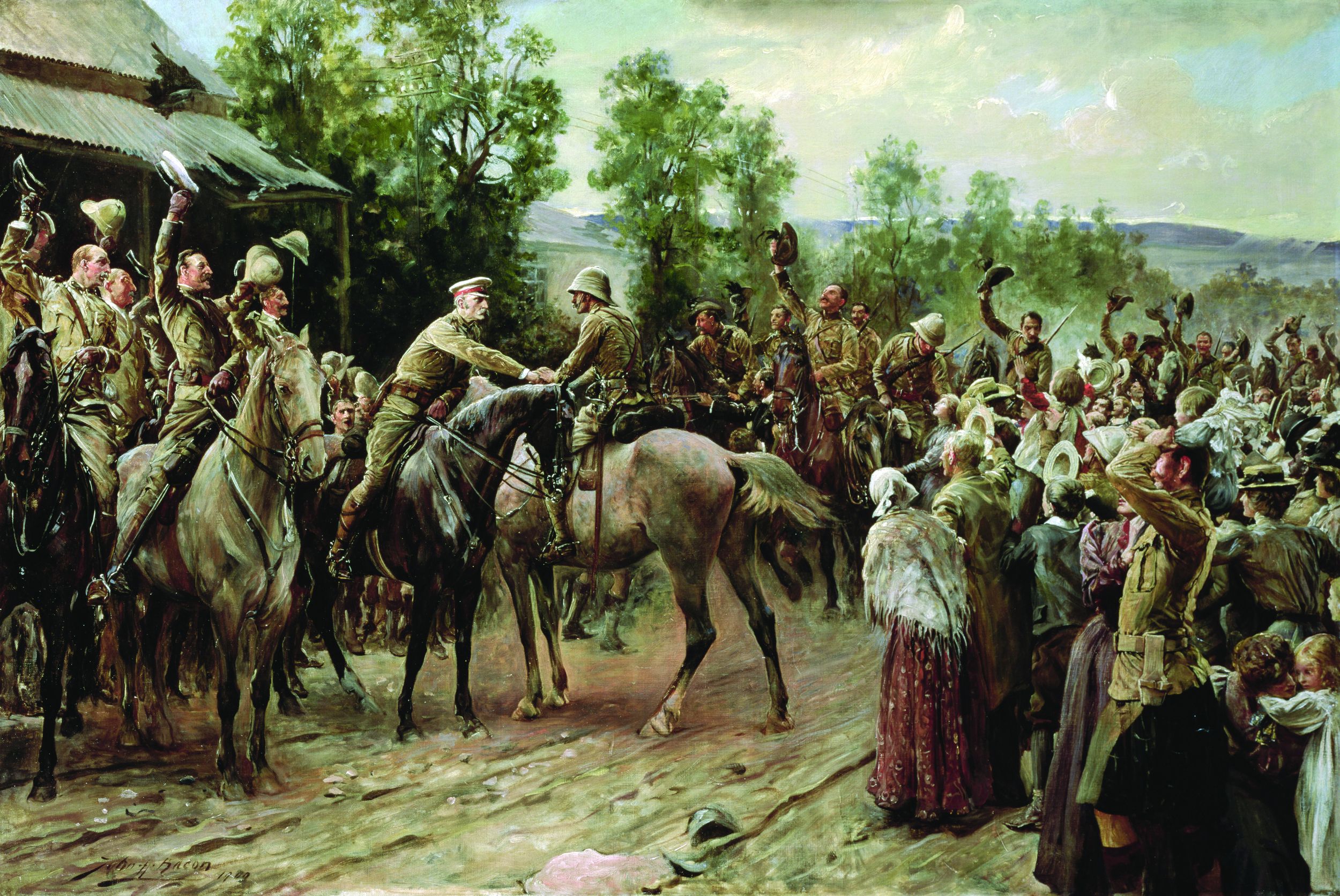
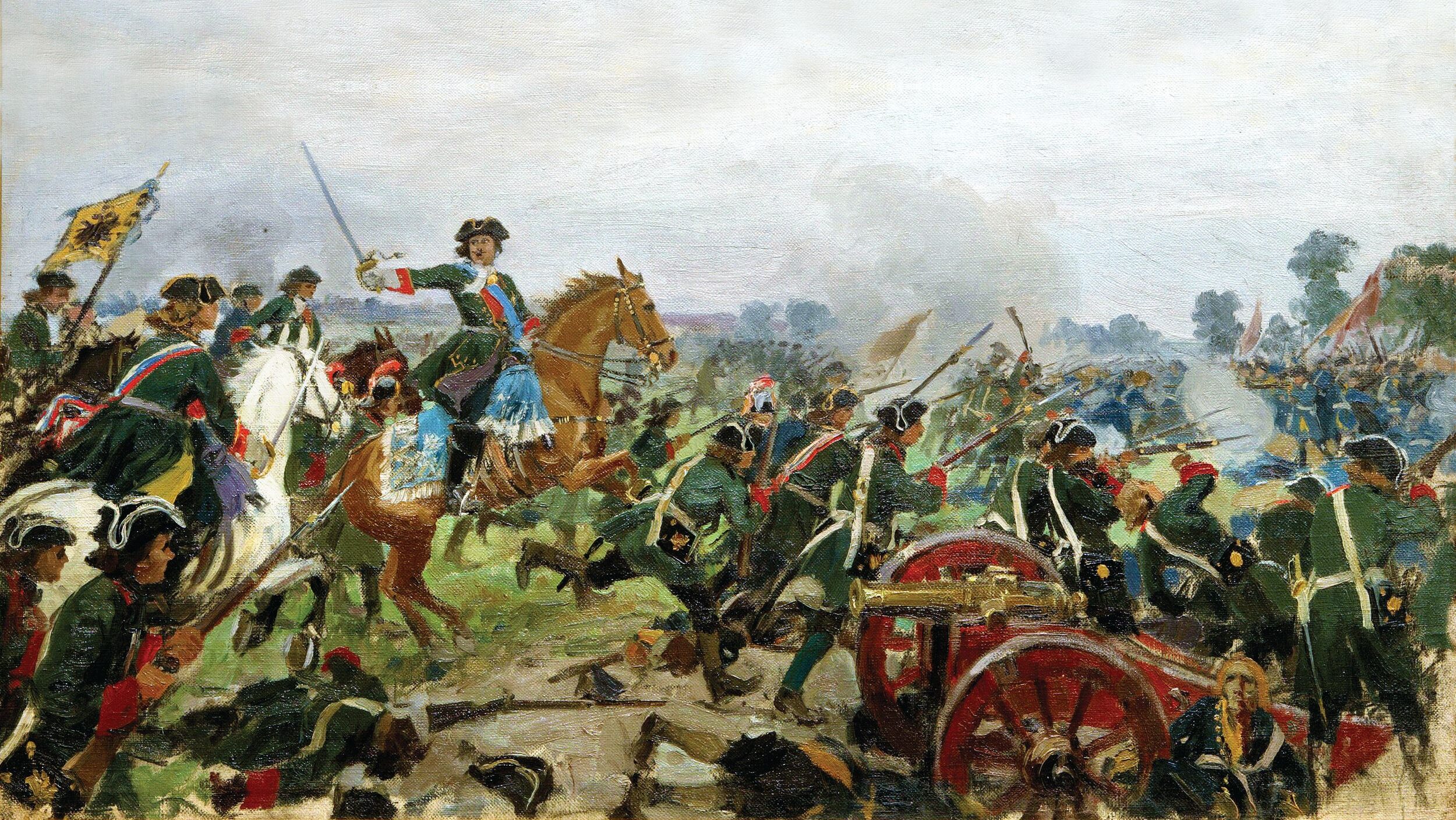
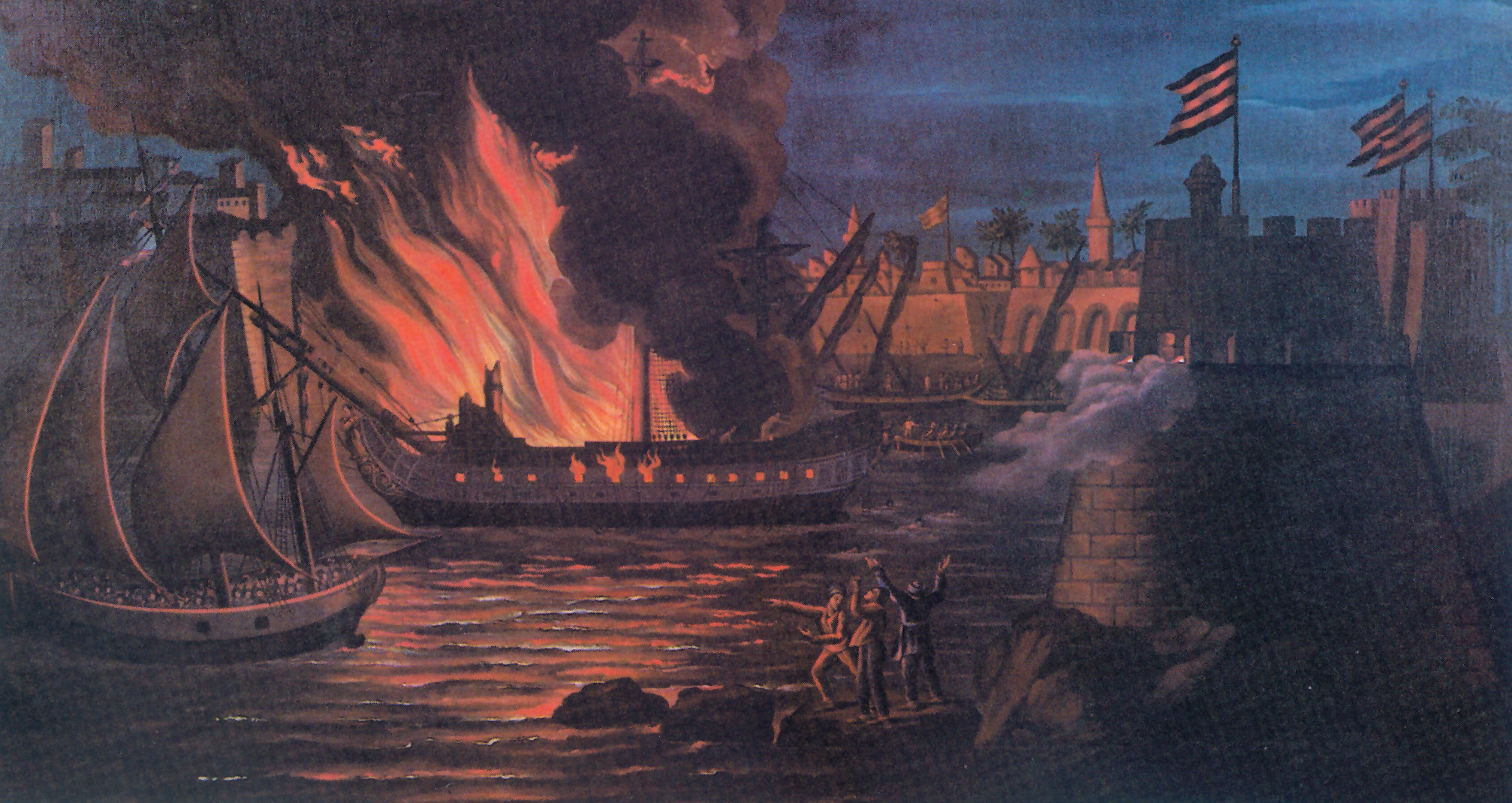
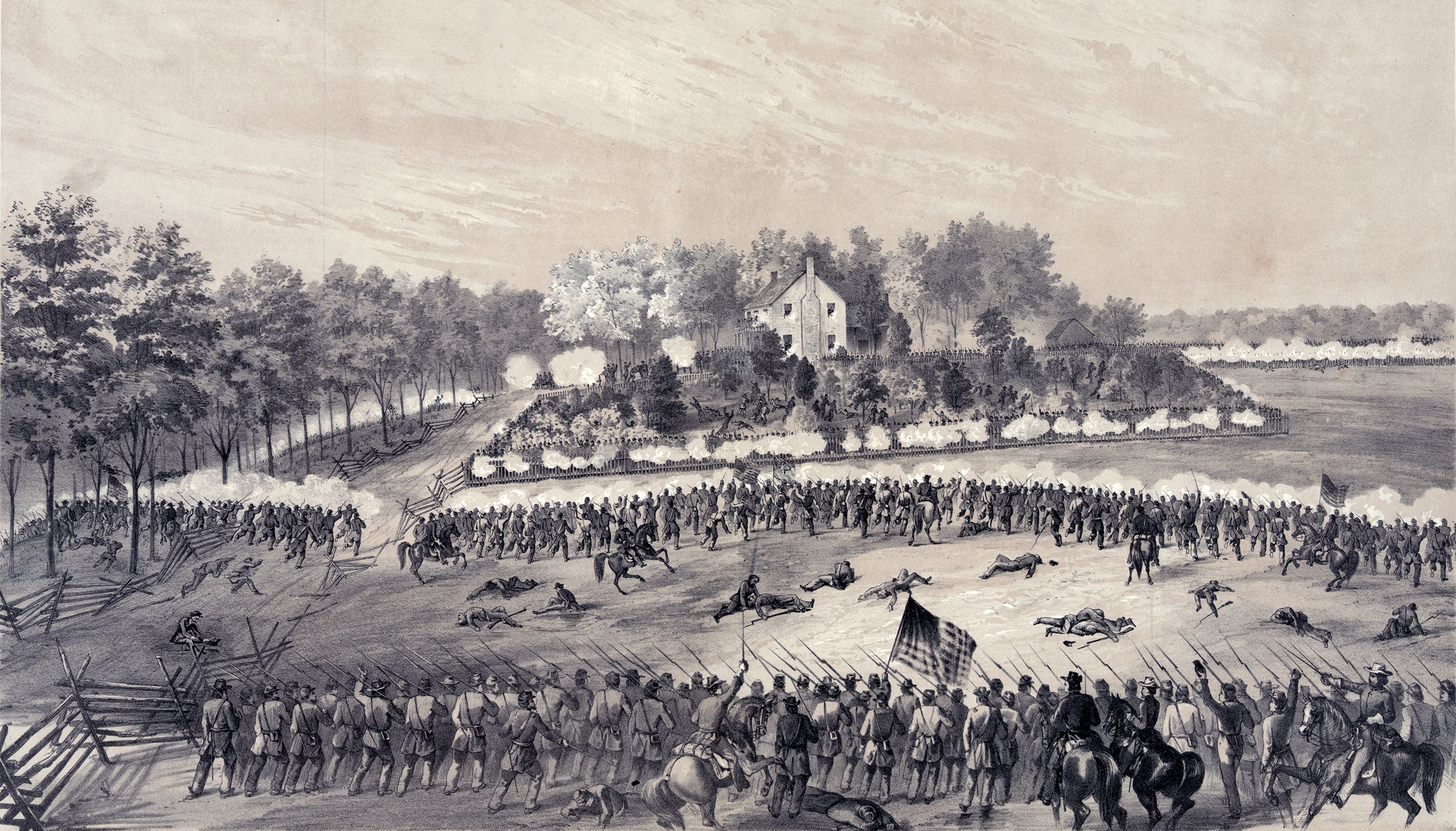
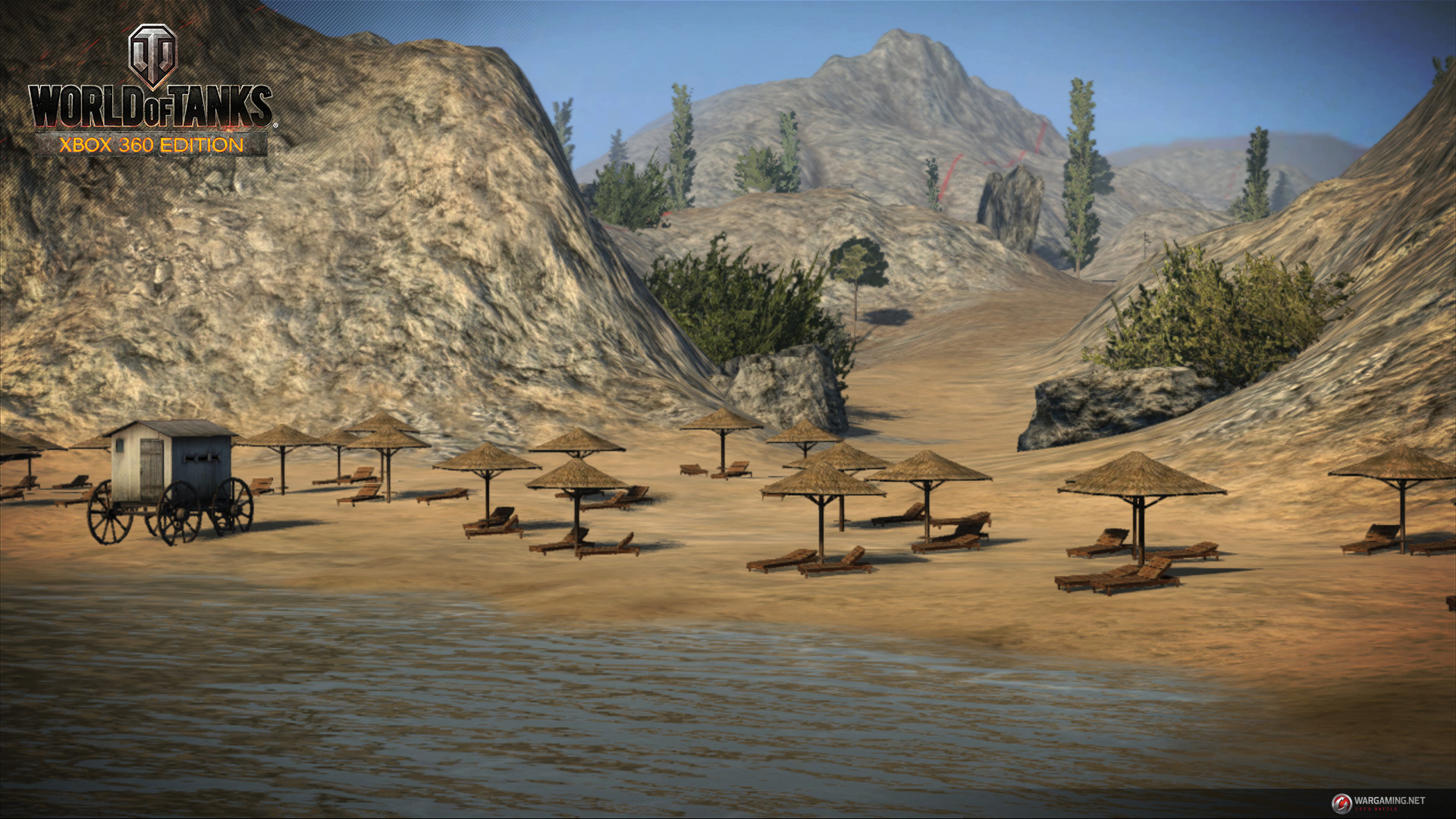
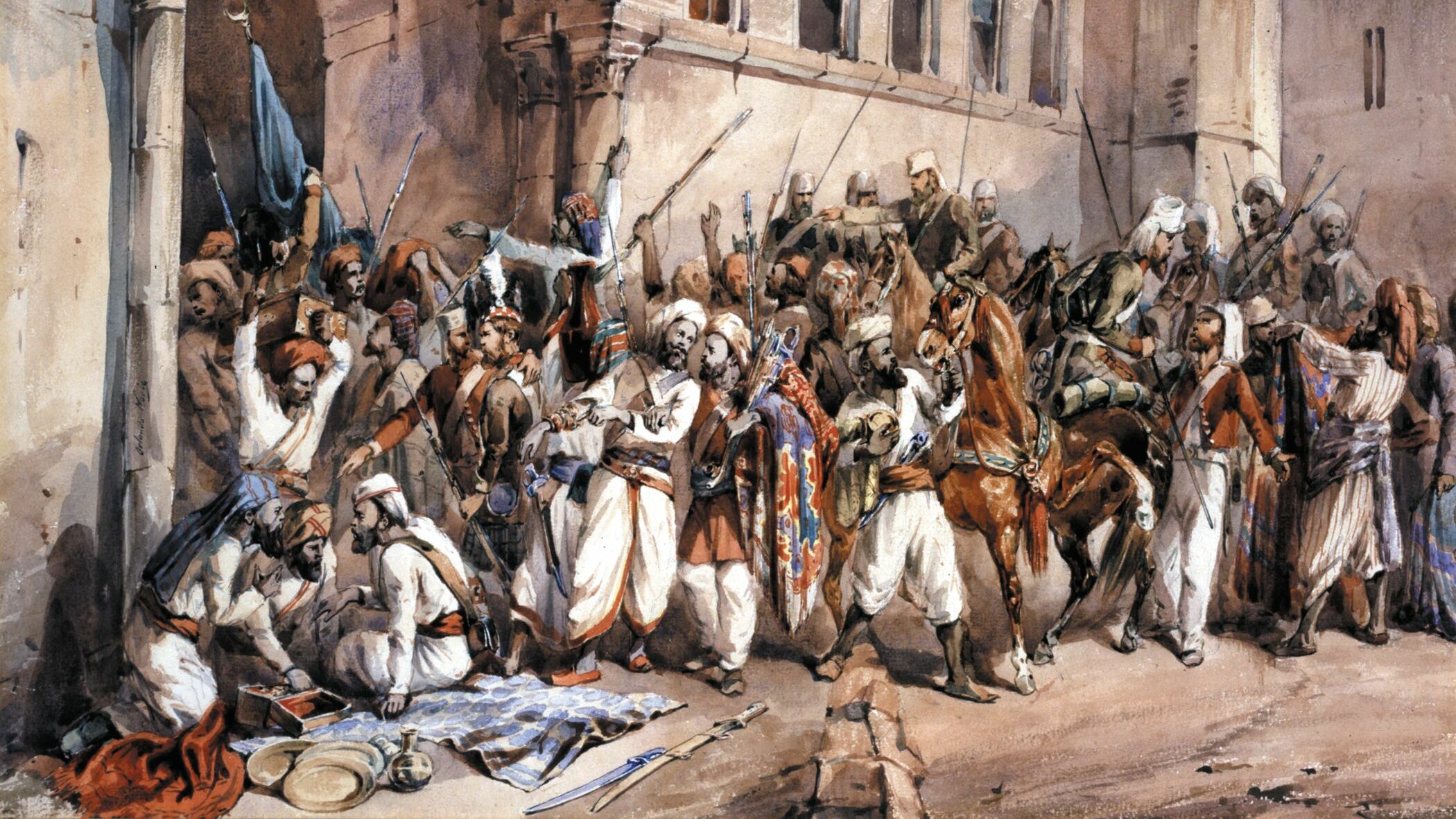
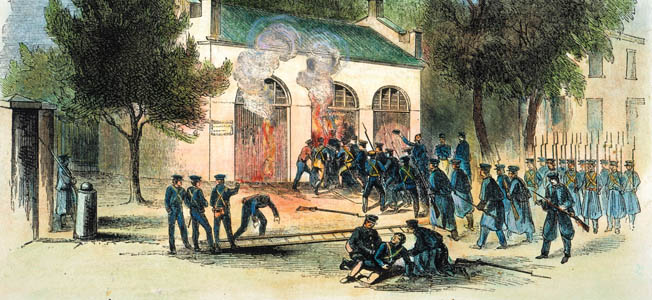
Hi Kirk Freeman, what were your references for this article please?
Is this information copy right.
I am a Wend descendant and would like to use this basic history in some of my own writings that are in the very early stages.
All the stories on our website are protected by copyright, owned by the writers.
My grandfather Gustav Paul Verch came to America in the 1800s from Hankendorf (Black Forest?) region. Your information is the first I have read about the Wends.